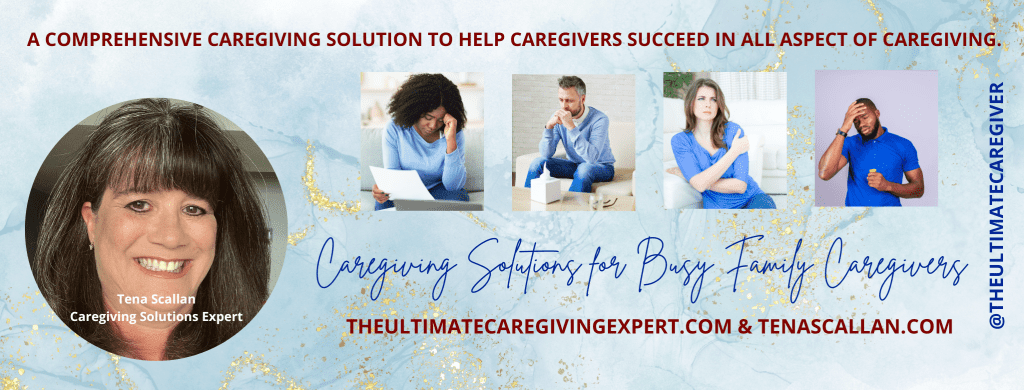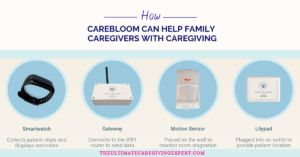Pulmonary embolism in the elderly
Pulmonary embolism – a condition that comes with old age
Realizing its Importance
Risk factors
-
A history of deep vein thrombosis or pulmonary embolism in the family
-
Getting older
-
A sedentary or inactive lifestyle
-
Obesity
-
Cancer
-
Several medications
-
Previous stroke or heart attack
-
Hip, leg, or pelvic fractures
-
Surgery on the knee, pelvis, hip, or abdomen within the last three months
The signs and symptoms of a pulmonary embolism
-
Shortness of breath:
-
Cough:
-
Chest pain:
In addition to the typical symptoms described above
-
Mild or moderate fever
-
A bluish cast to the skin is caused by a reduction in oxygen reaching the lungs.
-
Dizziness
-
An excessive amount of sweating
-
Aches and pains in the lower legs, particularly in the calf muscles
-
The abnormal rhythm of the heart
-
Anxiety and an inability to relax
Preventing pulmonary embolism
-
Age and exercise
-
Smoking
Caregiving Consulting
Caregiving can be challenging, frustrating, and highly stressful!
Most caregivers can’t afford the luxury of stepping away from their daily responsibilities. Taking time out to regroup does not exist in their world.
But it doesn’t have to be that way.
- Find peace in caregiving by tapping into resilience, joy, and radical forgiveness.
- Would you love to give care with expertise and confidence?
- Are you managing your loved one’s daily activities in an organized and structured way?
- You follow a proven caregiving system that provides for your loved one’s needs while giving you peace of mind.
I will tailor the sessions to your specific needs to:
- Explore strategies
- Determine your immediate needs by providing focus and clarity.
- Develop a wellness plan to boost your caregiving journey.
- Ensure that systems are incorporated into your caregiving journey through regular check-ins.
The Ultimate Caregiving Expert Consulting offers tools, services, and resources to give you a fresh, objective perspective on caregiving. This will help enhance your caregiving journey if you feel confined, overwhelmed, or hopeless in the role of caregiver.
Additional Education
Education in caregiving refers to acquiring the knowledge, skills, and understanding necessary to provide care for individuals who require assistance with activities of daily living, such as bathing, dressing, eating, and grooming.
This education can be obtained through formal programs or on-the-job training and experience.
Education in caregiving aims to equip individuals with the skills and knowledge necessary to provide high-quality, compassionate care for those in need.
Caregiving can be challenging, frustrating, and highly stressful!
But . . . it doesn’t have to be that way.
Imagine . . .
- Giving care with expertise and confidence
- Managing your loved one’s daily activities in an organized and structured way
- You follow a proven caregiving system that provides for your loved one’s needs while giving you peace of mind.
If the above sounds like what you need and have been searching for desperately . . . Then you need to enroll in The Ultimate Secrets to Caregiving with LESS Stress and MORE peace course!







